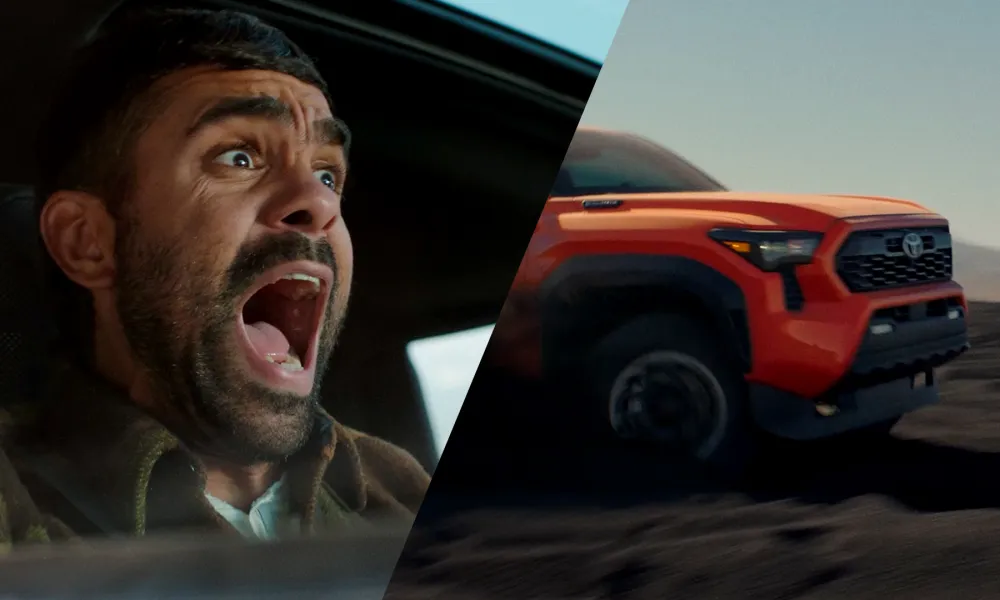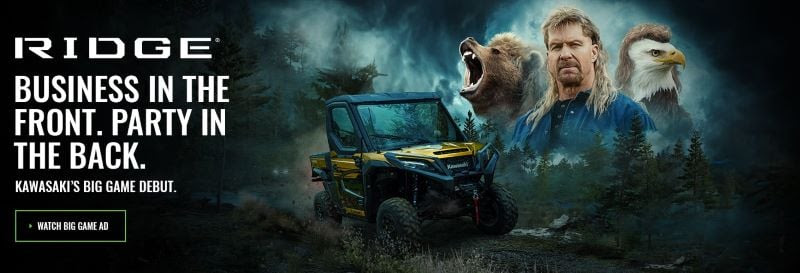
The Super Bowl, as argued by scholars and pundits alike, has long been considered an idealized representation of American masculinity. Since the first Super Bowl contest of 1969, football fans across the US have gathered around TV sets to join in a celebration of men engaged what has been described as “professional warfare” on the playing field. As noted by gender scholar Jan Huebenthal in 2013, as the ultimate football contest, the Super Bowl “celebrates physical violence committed by hypermasculine players against their opponents” (6). Not only is masculinity on stage in the game itself, argues Huebenthal, but is reinforced in the commercials that fill in the gaps in Super Bowl coverage.

From its very beginning, the gas-powered automobile was constructed as masculine. As Michael Berger writes, “everything about the car seemed masculine, from the coordination and strength required to operate it, to the dirt and grease connected with its maintenance” (257). This association has been reflected in the types of cars historically marketed to male drivers, as well as the “natural” driving behaviors attributed to the man behind the wheel. Vehicles with descriptors such as powerful, rugged, durable, and tough were considered appropriate choices for men. And, as Clay McShane argues, in order to establish automobility as a male activity, men quickly claimed the emotional traits necessary for driving – “steady nerves, aggression, and rationality” – as masculine (156). The construction of the automobile as a symbol of masculinity has, not surprisingly, been reflected in car advertising over the past few decades.
The early Super Bowl telecasts featured commercials from automobile advertisers who, as Smithsonian journalist Jackie Mansky notes, were “playing for the men in the room.” The 1970 contest featured a spot for the Pontiac GTO – long considered the ultimate muscle car. In 1975, a teenager’s souped up Plymouth Barracuda – the first pony car – was called upon to appeal to the young male market. Fandom scholar Danielle Sarver Coombs argues that as the Super Bowl reflected the culture of the time, so did its ads. “For a hyper masculine sport like football,” Coombs explains, “hyper masculine-focused advertising followed in turn.” And as she pointed out, football commercials “continue to cater to the male market despite a documented shift in the demographic tuning in” (qtd. in Mansky).

The car commercials that aired at the 2024 Super Bowl – although still directed primarily to the male audience – were decidedly less “macho” and testosterone-driven than many from the past. Auto commercials from the early years were often offensive to women; as Mansky recalls, a 1969 commercial for Goodyear Tire featured a woman in distress with the tagline, “when there’s no man around, Goodyear should be.” However, the car ads that aired during Super Bowl LVIII, although not directly directed toward female viewers, displayed a more twenty-first century sensibility. The commercials presented men both sensitively and humorously; they addressed automobiles through a nostalgic and cultural rather than gendered lens.

The Kia commercial featured a dad who drives his ice-skating daughter through perilous weather conditions to perform for her grandpa in a backyard pond; Volkswagen connected moments in cultural history – including a nod to the rulings extending gay marriage rights – to combine, as Ted Nudd of Ad Age notes, a “sweeping legacy statement with a product tease in an uplifting way.” Even ads that that relied on longstanding male troupes poked fun at male driving behavior. The commercial featuring the Toyota Tacoma pickup calls upon humor to demonstrate the vehicle’s role as an off-road adventure machine, focusing on the passenger side grab bar – referred to as the “shut the front door” or “whoa whoa whoa” handle. As Hagerty’s Peek and Petroelje write, “as the camera jumps from one frightened passenger to the next, we’re shown an orange Tacoma kickin’ up dust while doing donuts and other herky-jerky maneuvers at high speed.” The spot created for the Kawasaki Ridge ties the farcical mullet hairstyle – “business in the front, party in the back,” to the powerful front engine and rear towing ability of the of the sport side-by-side. This change in advertising attitude could certainly be attributed to the increase in female watchers; while driven somewhat by the “Taylor Swift effect,” girls and women accounted for 47.5% of the Super Bowl audience (Crupi). But it also suggests that automakers recognized that women would be watching, and geared their commercials to be funny or heart-warming and appealing to all rather than just the male audience.

As someone who has a passing interest in football but considerable enthusiasm for cars and commercials, I found this year’s Super Bowl automotive advertising offerings to be imaginative, entertaining, and surprisingly accessible to an expanded audience. Thank you Taylor Swift, and to the automotive advertisers who recognized that women like cars, too.
Berger, Michael. “Women Drivers!: The Emergence of Folklore and Stereotypic Opinions Concerning Feminine Automotive Behavior.” Women’s Studies International Forum 9.3 (1986): 257-263.
Crupi, Anthony. “Taylor Swift Effect Kicks in for Super Bowl as Female Demos Soar.” Sportico.com 16 Feb 2024.
Huebenthal, Jan. “Quick! Do Something Manly!”: The Super Bowl as an American Spectacle of Hegemonic Masculinity, Violence, and Nationalism.” W & M Scholar Works, 2013.
Mansky, Jackie. “What the Earliest Super Bowl Commercials Tell Us About the Super Bowl.” Smithsonianmag.com 31 Jan 2019.
McShane, Clay. Down the Asphalt Path: The Automobile and the American City. New York: Columbia University Press, 1994.
Peek, Jake & Nathan Petroelge. “2024 Super Bowl Car Ads: Touchdowns, Field Goals, and Penalties.” Hagerty.com 12 Feb 2024.
Rudd, Tim. “Super Bowl 2024 Ad Review – The Best and the Worst.” AdAge.com 11 Feb 2024.